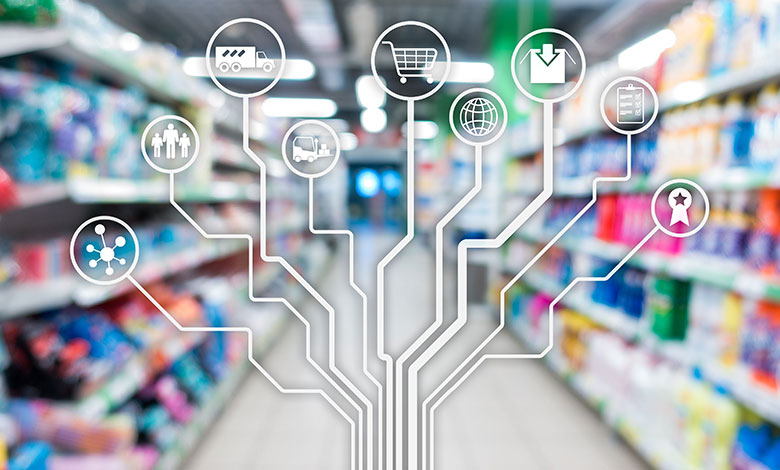A couple of weeks ago, a friend of mine asked me “What does Edge Computing mean?” It made me flash back a few years to when I first started hearing the term. I also had no real understanding of the definition; let alone the impact it could have on my business. That has definitely changed, and I hope every retailer will look at where Edge Computing can impact your business.
For anyone that might not understand what Edge Computing is, the Edge as it is called, is the position nearest to the point of the transaction or engagement. In retail, this is almost always on the sales floor —or possibly in the warehouse. The entire goal of Edge Computing is to improve an organization’s reaction time in response to the needs of the business. It’s important to understand what Edge Computing involves. Until I did, the benefits made no sense to me at all.
First, here is real-time data that needs to live at the exact point where consumer and purchasing decisions collide. This might include things like inventory availability or selection. When a customer needs to know if an item is available in another size, color, or material, the data needs to be highly accurate and attainable. Next is the gathering and computing of information at the Edge associated with real-time action. This might include alerts to the management team around customer traffic in a particular portion of the store, such as cash lanes. You can satisfy customer needs by ensuring enough open registers to serve customers visible in localized cameras or other sensors.
After this conversation, it struck me that he was not understanding it because he couldn’t see how to apply it to his business. We started throwing out ideas, which I thought might be of interest to others.
Related: Enable Smarter and More-Connected Retail Operations
What if your digital signage was smart enough to know if you were a returning customer or a new customer? In this case, you might provide a completely different message and experience. Identifying customers is done at the Edge. What if an IoT device, like a camera, could proactively count customers and share staffing needs with management? Or how about supporting social distancing in your stores by combining cameras, Wi-Fi, and digital signage to manage and communicate current conditions? What if we knew when a shelf was empty and needed to be restocked?
Once I realized what the Edge could do to impact my business, I couldn’t stop thinking about applications. While Edge Computing can be applied to all kinds of new technologies, it’s important for every business to understand the experiential and economic impacts. Our employees and customers live for an accurate and speedy experience, which is exactly what the Edge is all about.


